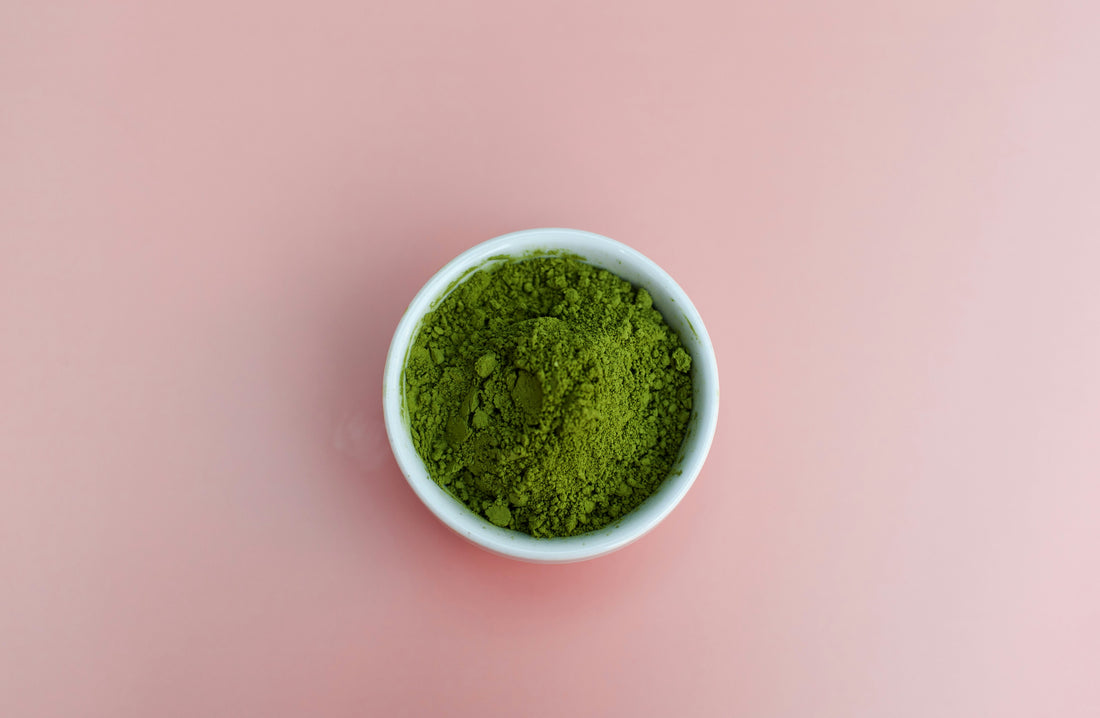
The Process of making Matcha
Share
Matcha, a vibrant green tea powder, is deeply rooted in Japanese culture and made through a meticulous process:
1. Cultivation: Tea plants are grown in the shade for about four weeks before harvest, enhancing chlorophyll and amino acids, which give matcha its vibrant color and unique flavor.
2. Harvesting: The best matcha comes from the first flush in early May, where only the youngest, most tender leaves are handpicked.
3. Steaming and Drying: Leaves are steamed immediately after harvest to prevent oxidation, preserving their color and flavor, then air-dried and sorted to remove stems and veins.
4. Grinding: The dried tencha leaves are stone-ground into a fine powder using traditional granite mills, a slow process that ensures a smooth, fine texture.
5. Quality Control: Expert tasters evaluate the matcha for color, aroma, and flavor to ensure it meets high standards.
6. Ceremonial Preparation: Matcha is traditionally prepared with a bamboo whisk and a matcha bowl, creating a frothy drink that embodies mindfulness and appreciation.
7. Enjoying Matcha: Rich in antioxidants and providing calm, focused energy, matcha is not just a beverage but a healthful ritual.
Conclusion: The journey of matcha, from careful cultivation to ceremonial preparation, reflects the dedication and artistry of Japanese tea culture. Savoring matcha allows one to appreciate the craftsmanship and tradition behind this extraordinary green tea powder.
1. Cultivation: Tea plants are grown in the shade for about four weeks before harvest, enhancing chlorophyll and amino acids, which give matcha its vibrant color and unique flavor.
2. Harvesting: The best matcha comes from the first flush in early May, where only the youngest, most tender leaves are handpicked.
3. Steaming and Drying: Leaves are steamed immediately after harvest to prevent oxidation, preserving their color and flavor, then air-dried and sorted to remove stems and veins.
4. Grinding: The dried tencha leaves are stone-ground into a fine powder using traditional granite mills, a slow process that ensures a smooth, fine texture.
5. Quality Control: Expert tasters evaluate the matcha for color, aroma, and flavor to ensure it meets high standards.
6. Ceremonial Preparation: Matcha is traditionally prepared with a bamboo whisk and a matcha bowl, creating a frothy drink that embodies mindfulness and appreciation.
7. Enjoying Matcha: Rich in antioxidants and providing calm, focused energy, matcha is not just a beverage but a healthful ritual.
Conclusion: The journey of matcha, from careful cultivation to ceremonial preparation, reflects the dedication and artistry of Japanese tea culture. Savoring matcha allows one to appreciate the craftsmanship and tradition behind this extraordinary green tea powder.

